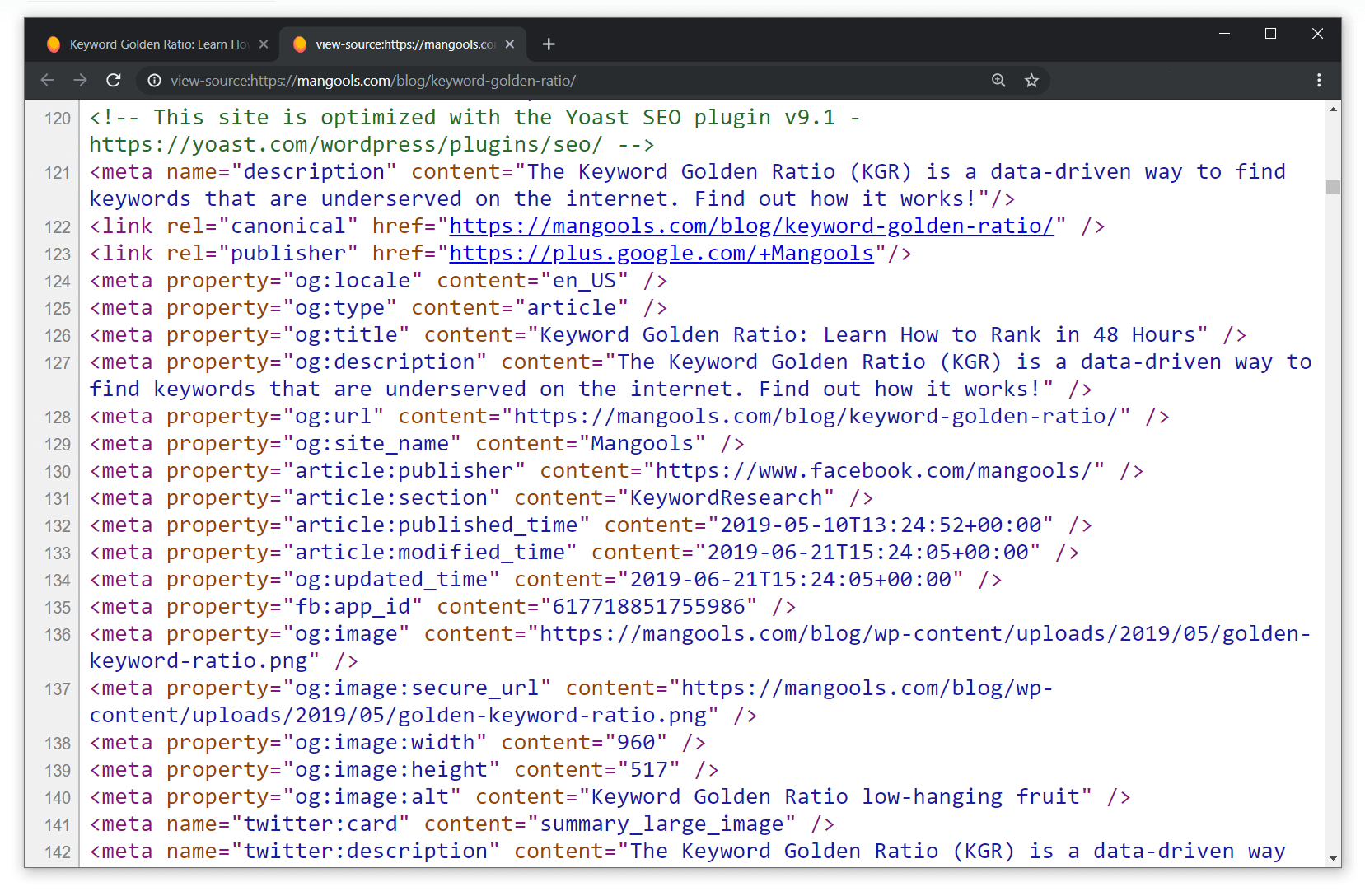

- Globalsan san connection error 0.0.an. internal error how to#
- Globalsan san connection error 0.0.an. internal error pro#
- Globalsan san connection error 0.0.an. internal error code#
I've never heard it being applied to the fact that RAID is not reliable enough to protect you from data loss. Even though this is true, the above statement normally refers to the fact that your NAS device may burn, get flooded, destroyed by an electric surge, or burglarized. They also constantly remind you that RAID doesn't protect you from data loss only proper backups do. It's always your drives that are at fault even if they work perfectly fine in a NAS Made by one of QNAP competitors. Additionally, resident posters, including the moderator, refer to various drives listed on the official hardware compatibility list as garbage, so it's never the QNAP RAID implementation issues. You can read similar stories posted by others in the forum I mentioned above. So, in my very limited experience with QNAP, RAID is very finicky and fails during rebuilds and expansions. One of the drives reported as bad by the TS-569L worked just fine in the ReadyNAS after QNAP deemed it bad and degraded my RAID 5 from "degraded" to "read-only". I had to wipe out and start from scratch, and RAID 5 was built successfully. I was never able to trigger the proper rebuild of the RAID 5 (even with a good drive).

I had a backup for most files, and the ones that were recently changed I was able to copy to an external drive.

Basically, I had two major failures on the brand new TS-569L: one while expanding from RAID 1 to RAID 5, which left me with the degraded (but still finctioning) RAID 5, and the other failure while rebuilding RAID 5, which left me with (read-only) RAID 5. You can also find my posts there posted in the past three weeks to see what happened in my case. Best regards, Alexey PopoffĪlexey, Start reading the System & Disk Volume Management forum, and you will see for yourself. If you are not comfortable posting here, please PM me. I get enough of that at work Anyway, please expand on your RAID comment. There is no need for an ESX or Hyper-V host at home yet. I might eventually want to use it for something else like running VMs off of it like you do, but that wasn't my main goal with this project. I purchased this particular unit for use at home and storing personal data like pictures, videos and music would be the main application. Do you mind sharing what type of issues so I know what to expect? Are they acknowledged by QNAP? Your comment about the reliability of QNAP's RAID implementation is worrying me. It's good to know there are some known issues, though. I like the interface of the new OS and getting iSCSI to work isn't absolutely critical for me at this point. I've been busy at work and didn't have much time to play with my new toy or view the forums.

Hi sirozha, Thanks a lot for your great comments and I'm sorry for a slight delay with the response on my end.
Globalsan san connection error 0.0.an. internal error how to#
The iSCSI service or target is not currently operational" Any ideas on how to troubleshoot this situation would be very much appreciated.
Globalsan san connection error 0.0.an. internal error code#
and then produces the following error message: "Connection error Code E3FF8301.
Globalsan san connection error 0.0.an. internal error pro#
Hello, - Environment - Brand-new QNAP TurboNAS TS-469 Pro Firmware version 4.0.1 4 x 3TB Seagate disks in a RAID5 array Most settings are still at factory defaults (only starting to play with the device) NAS is connected by wire to Apple AirPort Extreme router Firmware version 7.6.3 Router is configured with a DHCP reservation which always assigns IP address 10.0.1.13 to the NAS (for convenience of finding the NAS on the local network) Most other settings on the router are pretty much factory defaults 2013 MacBook Pro with Retina Display 2.7 GHz Intel Core i7 16GB 1600 Mhz DDR3 RAM 500GB SSD OS X version 10.8.4 Mac is connected over wireless to the same router SNS globalSAN iSCSI initiator version 5.1.1.423 Installed successfully (as far as I can tell) 15-day Trial license being used for now iSCSI target service enabled on the NAS, port is set to 3260 (default) An iSCSI target with a mapped LUN created on the NAS using "Quick Configuration Wizard" LUN is 1TB and uses thin provisioning Tried using iSCSI target in the following configurations: - Data Digest, Header Digest enabled/disabled - CHAP authentication enabled/disabled - Mutual CHAP authentication enabled/disabled - Problem - When I try to add new Portal/Group in globalSAN configuration on the Mac I enter IP address of the NAS (10.0.1.13) leaving the port set to 3260 (default) It thinks for a little while.


 0 kommentar(er)
0 kommentar(er)
